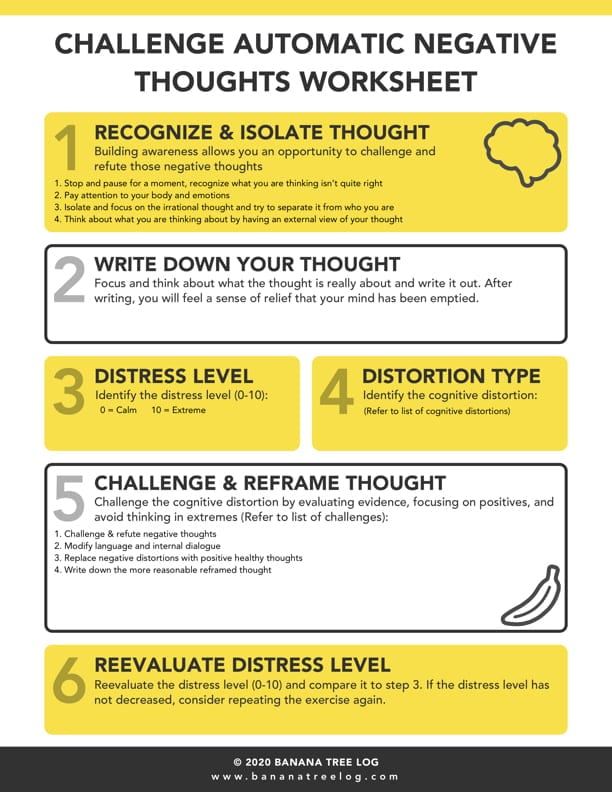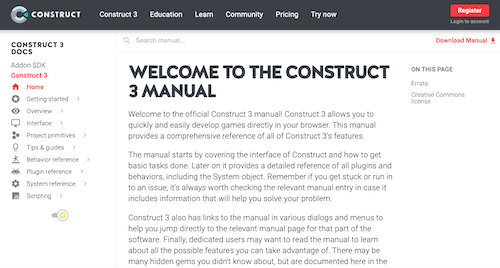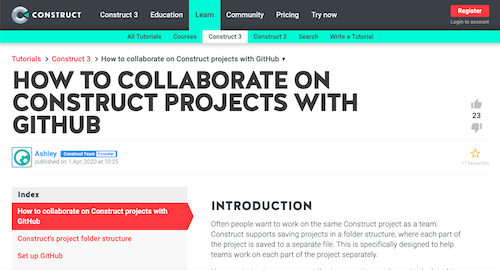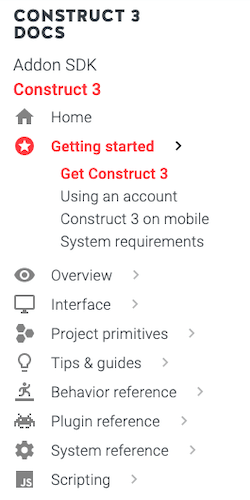
“The successful free to play games are selling positive emotions. Not content.” – Nicholas Lovell
“It should be the experience, that is touching. What I strive for is to make the person playing the game the director.” – Shigeru Miyamoto
SUMMARY
- I wrote a lot about Romeo and Juliet. I learned more about game design
PRACTICE ROOM (TUTORIALS)

I got to the “while loop” assignment
CLASSROOM (THEORY & ANALYSIS)


MDA Notes
- Sensation (Game as sense-pleasure): Player enjoys memorable audio-visual effects.
- Fantasy (Game as make-believe): Imaginary world.
- Narrative (Game as drama): A story that drives the player to keep coming back
- Challenge (Game as obstacle course): Urge to master something. Boosts a game’s replayability.
- Fellowship (Game as social framework): A community where the player is an active part of it. Almost exclusive for multiplayer games.
- Discovery (Game as uncharted territory): Urge to explore game world.
- Expression (Game as self-discovery): Own creativity. For example, creating character resembling player’s own avatar.
- Submission (Game as pastime): Connection to the game, as a whole, despite of constraints.
- Mechanics
- Mechanics are the rules and the actions and structures
- Dynamics
- The run time behavior of the mechanics and inputs
- Aesthetics
- emotional responses evoked in the player
LAB (THEORY PRACTICED)
- Mechanics are the base components of the game – its rules, every basic action the player can take in the game, the algorithms and data structures in the game engine etc.
- Dynamics are the run-time behavior of the mechanics acting on player input and “cooperating” with other mechanics.
- Aesthetics are the emotional responses evoked in the player.
Brainstorm Ideas for Each of the Eight Categories
- Sensation (Game as sense-pleasure): The player enjoys memorable audio-visual effects.
- A great soundtrack and insane visuals that will immerse a player.
- Fantasy (Game as make-believe): Imaginary world.
- A huge open world map with cool different animals and weapons
- Narrative (Game as drama): A story that drives the player to keep coming back
- Place idea here…
- Challenge (Game as obstacle course): Urge to master something. Boosts a game’s replayability.
- A end goal, a final boss, and different paths that you can go on.
- Fellowship (Game as social framework): A community where the player is an active part of it. Almost exclusive for multiplayer games.
- Combos were you need more than one person, difficulty going up with players.
- Discovery (Game as uncharted territory): Urge to explore the game world.
- A game where you don’t know anything of the map and you have to explore to find things.
- Expression (Game as self-discovery): Own creativity. For example, creating a character resembling player’s own avatar.
- You get to deign your own characters and play style.
- Submission (Game as pastime): Connection to the game, as a whole, despite of constraints.
- A game where there are infinite things that you can do and you can always get more powerful.
OUTSIDE (CREATIVITY, PRODUCTIVITY & THE BRAIN)


- When you are thinking of something bad you just think about what you are thinking and realize it isn’t right. Try not to think about bad things. Write down your thoughts.
STUDIO (CREATIVITY)

- On construct you can code online, offline, on the browser, and downloaded. You can also use construct on mobile. You can use plugins.
CONTROL ROOM (PRODUCTION)

- Git hub makes it so you can use more files. You can also revert changes.
WHAT I LEARNED and PROBLEMS I SOLVED
- I learned that GitHub helps construct. I also learned that you can do construct on mobile and offline.
